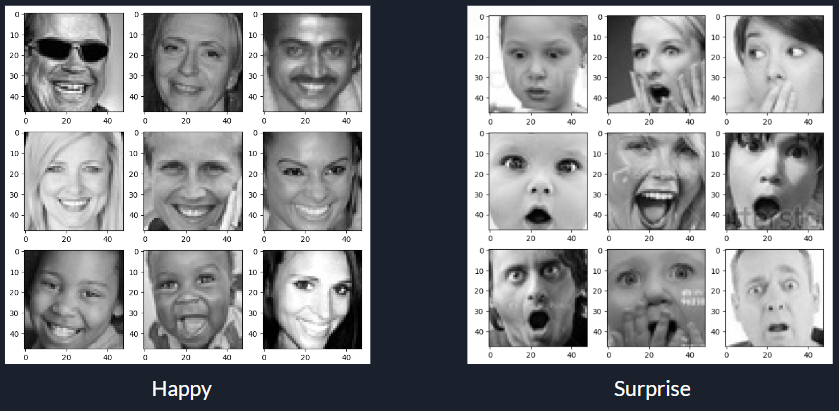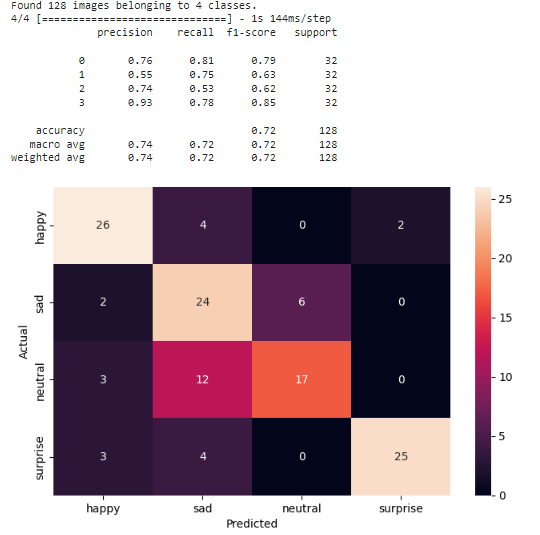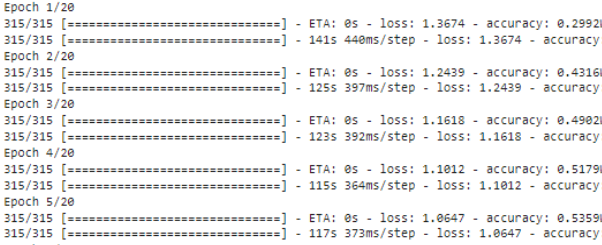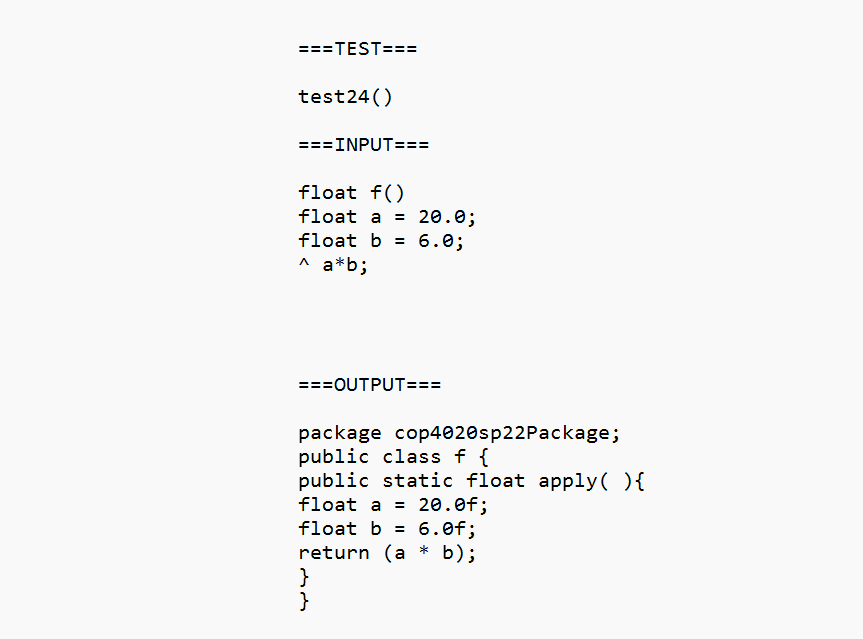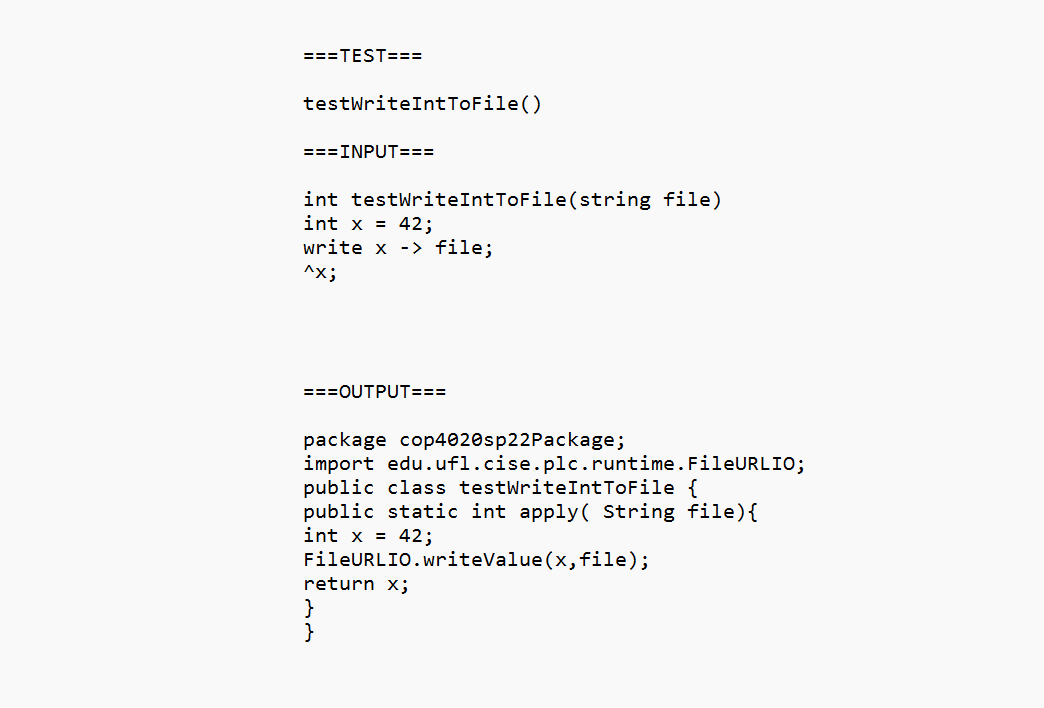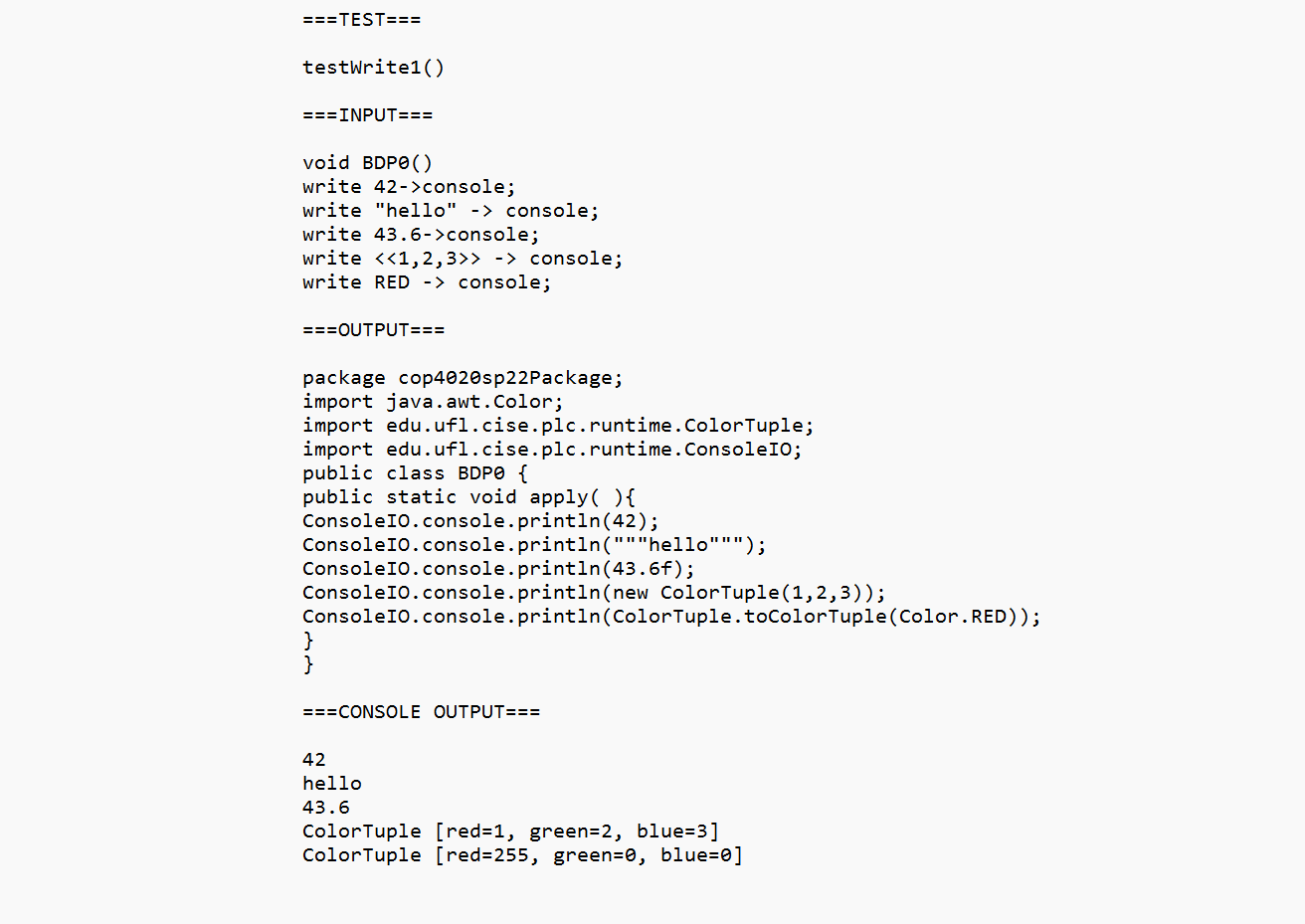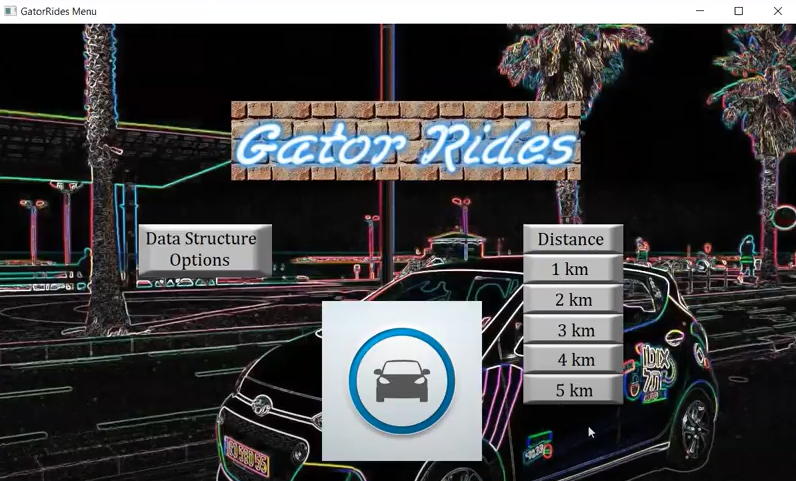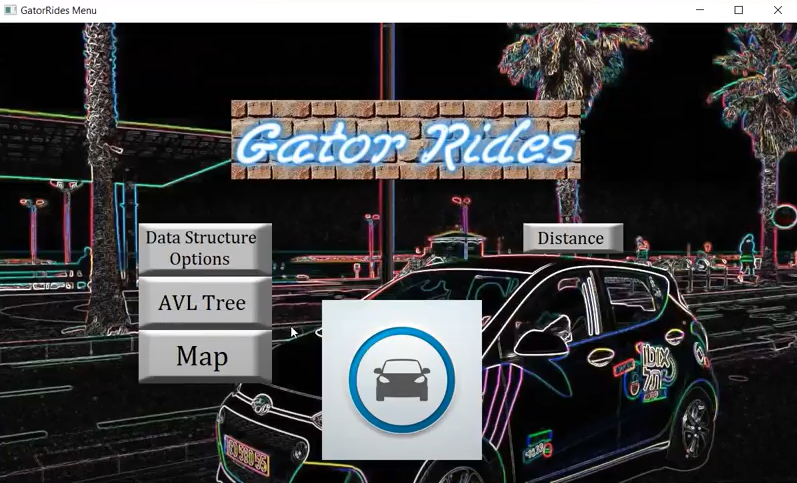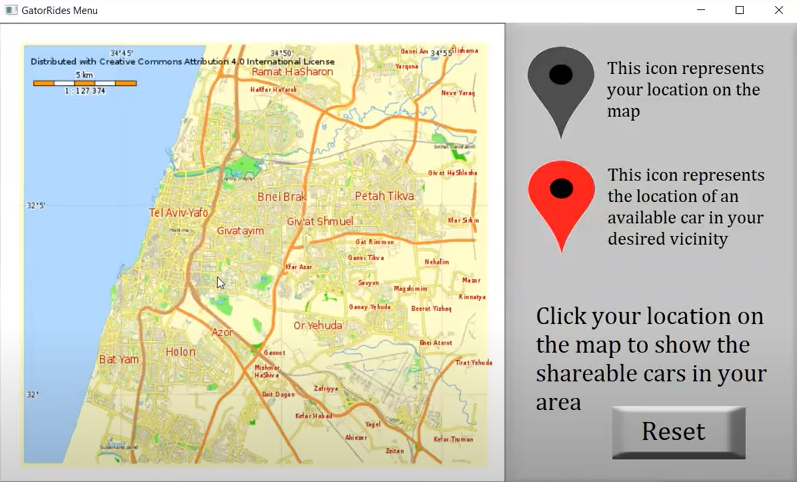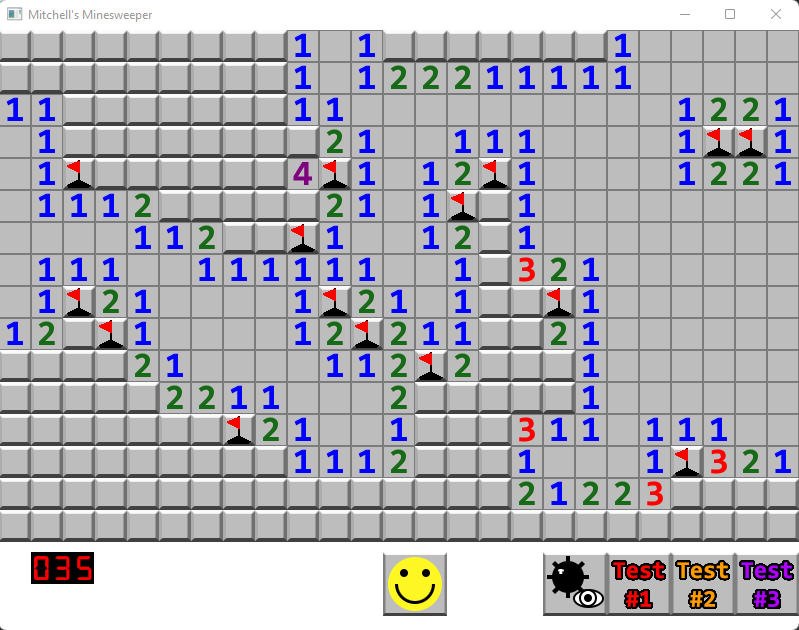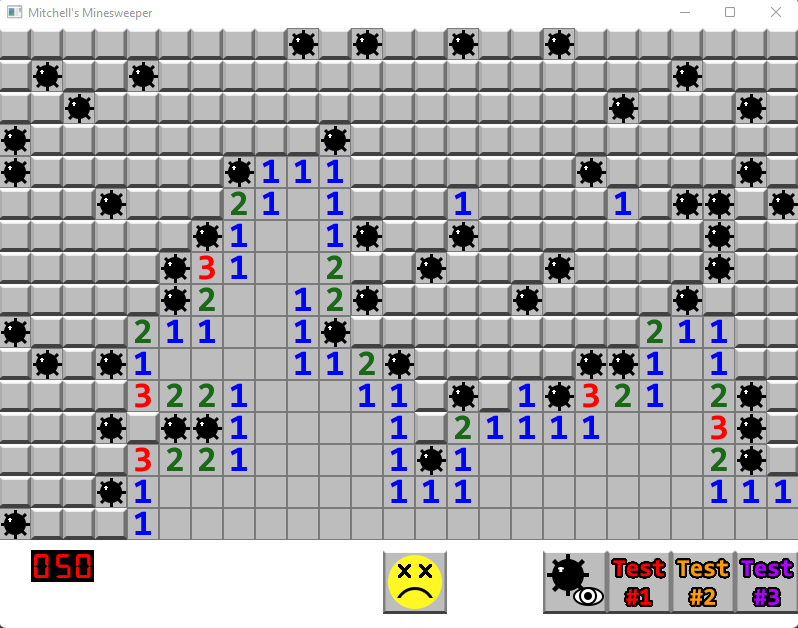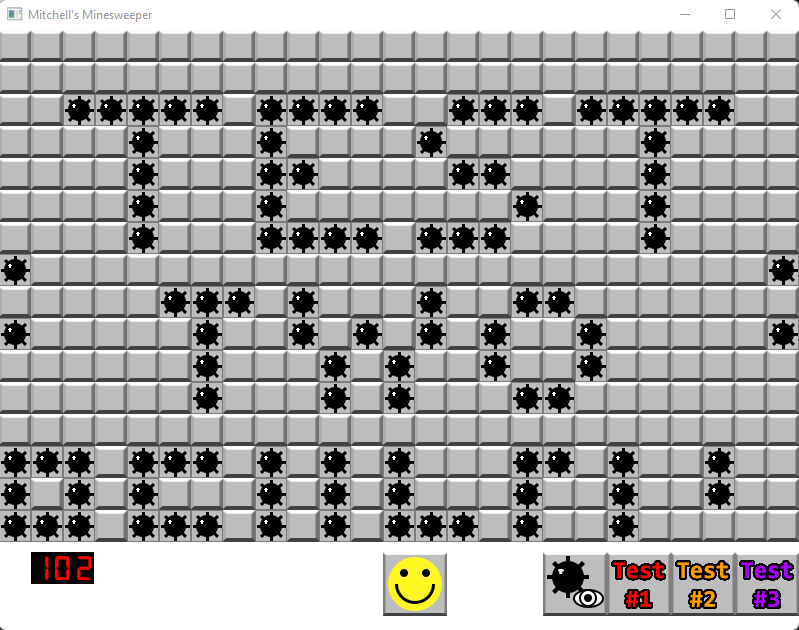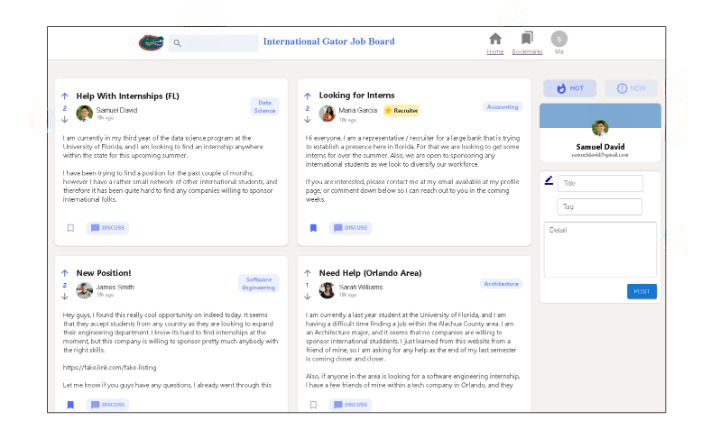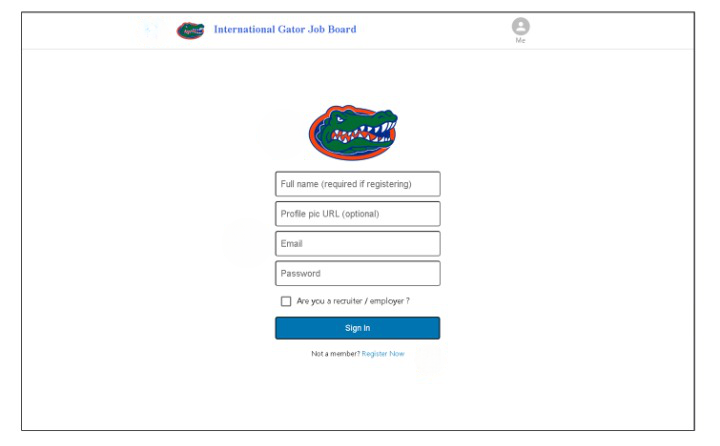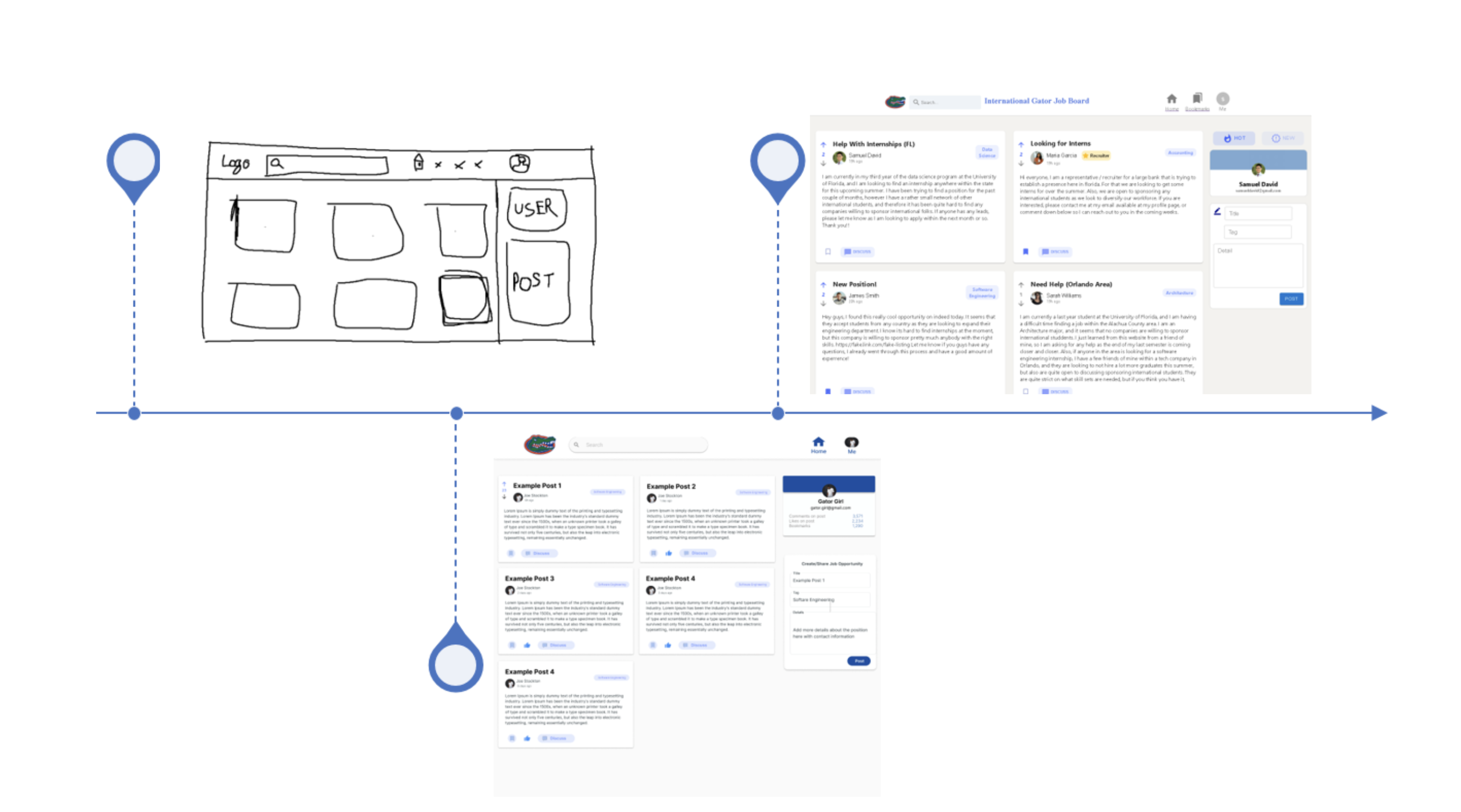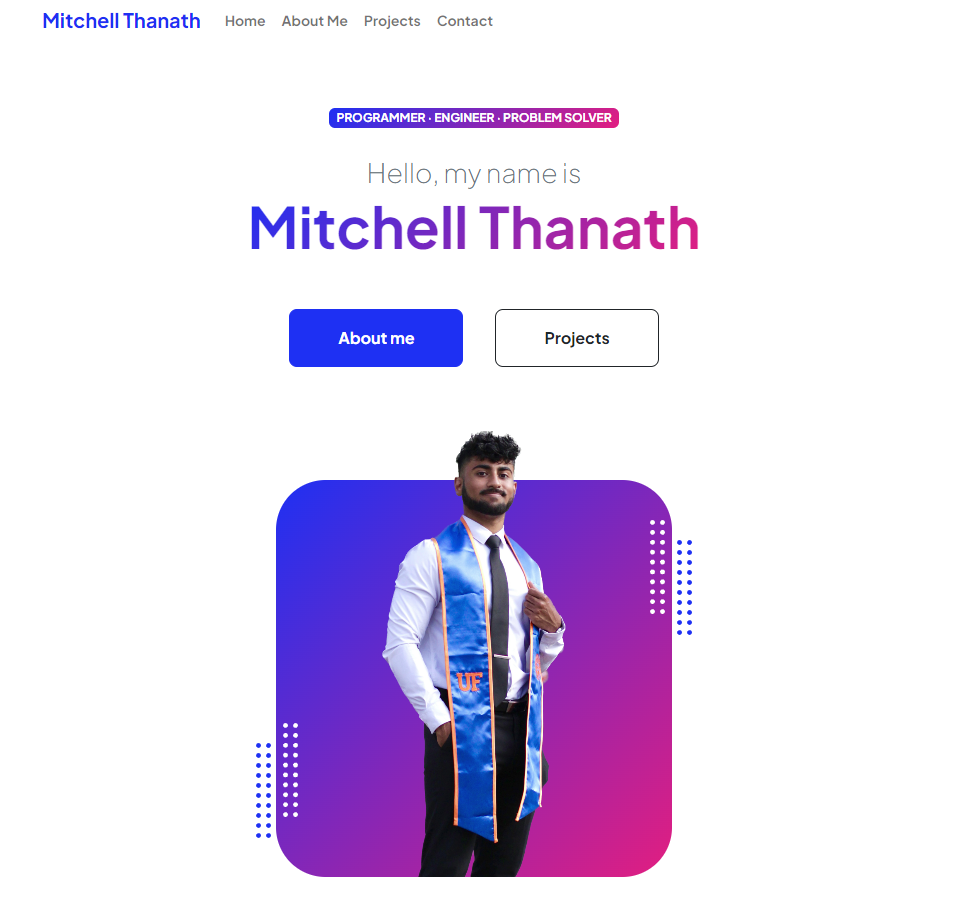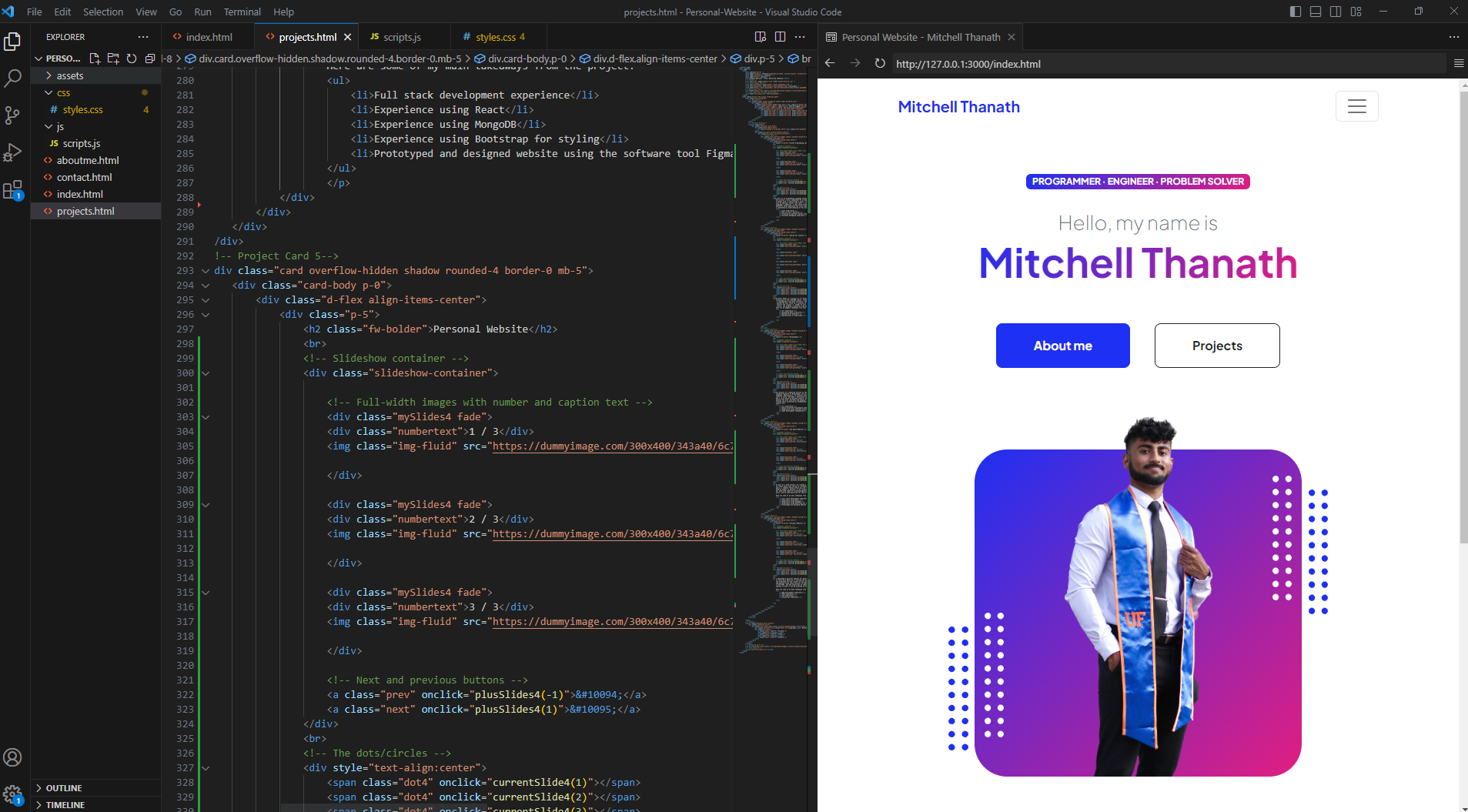Projects
Tech News Summarizer Website
To stay up to date with relevant tech news, I developed a fully automated Tech News Summarizer website that handles daily headline scraping and article summarization. Using Python, I built a web scraper to extract news headlines, and the scraped data was stored in a PostgreSQL database. The back-end was developed using Node.js and Express.js to efficiently manage and serve the article data. On the front-end, I implemented a React-based interface, which displays the archive of articles along with view count analytics. I also integrated open-source models, including the BART LLM for article summarization and FinBERT LLM for sentiment analysis, providing users with concise summaries and sentiment scores for each article. The project allowed me to work with full-stack technologies, focus on data automation, and enhance user experience with AI-powered insights. Here are some of my main takeaways from the project:
- Python, Node.js, PostgreSQL, React experience
- Web scraping, data storage, and API development
- Implementing machine learning models (BART, FinBERT) for summarization and sentiment analysis
- Full-stack development: front-end, back-end, and database integration
Facial Emotion Detection Model
As part of my Applied Data Science course, I had the task of developing several deep learning models to perform Facial Emotion Detection. I created models using Neural Networks, Transfer Learning Architectures (ResNet, EfficientNet, VGG-16), and Convolutional Neural Networks. I performed created the models with the intent to maximize accuracy in classifying facial emotions. I also performed several techniques to reduce overfitting such as dropout, max pooling, and cross-validation. I tested the performance of all these models and concluded that the Convolutional Neural Network model produced the highest accuracy against the test set for our intended purpose of Facial Emotion Recognition. Here are some of my main takeaways from the project:
- Python, TensorFlow, NumPy, Pandas experience
- Neural Networks, Transfer Learning Architectures, Convolutional Neural Networks
- Data Preprocessing, Statistical Analysis & Data Visualization
- Cross-validation techniques to improve model performance evaluation
Custom Programming Language
As part of my Programming Language Concepts course, I had the task of developing a programming language from scratch in Java. I followed a set of predefined grammar rules and created the various cruical components of a programming language. To begin with, I constructed a Lexer, responsible for converting source code into a sequence of tokens. Next, I created a Parser, which parsed the token stream and transformed it into an abstract syntax tree (AST). I then made an Interpreter to execute the program by traversing the AST, evaluating statements, and producing results in accordance with the language's semantics. I then constructed an Analyzer which ensured type safety, detected potential errors, and validated the correctness of the program. Finally, I created the Generator which generated the final code by mapping it to Java. From the completion of this project and implementing the Lexer, Parser, Interpreter, Analyzer, and Generator, I gained a comprehensive understanding of the inner workings of programming languages and their various components. I also gained valuble experience using some of Java's newer features and using JUnit5 to conduct testing. Here are some of my main takeaways from the project:
- Java experience
- Use of JUnit5 for testing
- Creating an Abstract Syntax Tree
- Valuable debugging experience
Shared Car Locator
The Gator Rides is a project in C++ designed to assist users in finding available shared cars within a specified radius of their chosen location. This program utilizes a dataset consisting of over 100,000 tuples, containing information about shared cars in Tel Aviv, such as location, model, color, and more. To efficiently store and access the dataset, I implemented a map data structure. The project incorporates the Simple and Fast Multimedia Library (SFML), for easy user interaction with the shared car map. The project works by having the user click on a location on the map as their intended position. Then, the project uses a function that takes the user-selected location coordinates as input parameters and returns the closest 'x' number of cars based on distance calculation. In order to enhance the project's performance, I optimized the algorithm and reduced its time complexity. As a result, the program's execution time was significantly improved with the runtime decreasing from approximately 4 minutes to around 2 minutes. Here are my biggest takeaways from this project:
- C++ experience
- Designing data structures
- Working with datasets
- Optimization of algorithms
Minesweeper
This project is a modified version of the game Minesweeper that I created using C++. This version includes all the standard features of Minesweeper such as generation of mines, flagging, recursive mine reveal, and game result feedback. Additionally, it contains some extra components such as custom game boards and mine counts allowing users to tailor the game's difficulty and dimensions, a debug mode revealing hidden mines for testing purposes, and a score board to display players' performance. I utilized the Simple and Fast Multimedia Library (SFML) to develop the user interface and graphics of the game. This project involved the creation of various functions and classes which solidified my fundamentals with Object Oriented Programming. Some of my main takeaways from this project are:
- C++ experience
- Object Oriented Programming fundamentals
- Experience using external libraries for UI development
- Game development fundamentals
Job Board Website
As part of a team project, we created a job board website where employers can post job opportunities and students could post that they are seeking a position. All these posts were stored in a database and displayed on the feed of the webpage. We also implemented additional features such as a search bar to search for posts, a comment feature where you can comment on posts, and an upvote feature where you could upvote or downvote posts. We also allowed the sorting of posts on the users feed by number of upvotes, or by recency of the listing. Our team used Figma for prototyping/designing the webpage and we used React to implement the website. We also used MongoDB for our database to store the posts, and we used Bootstrap for some of the styles of the components. Here are some of my main takeaways from the project:
- Full stack development experience
- Experience using React
- Experience using MongoDB
- Experience using Bootstrap for styling
- Prototyped and designed website using the software tool Figma
Personal Website
I developed a personal website for myself to showcase my projects and for people to learn more about me. I started off by planning the various pages of the website and formatted all the content on each page. I used Bootstrap for some of the styling and implemented slide shows and gifs to make the website more appealing. For this website, I used HTML, CSS and Javascript to implement the various features and hosted the website so that it can be accessed on the internet. Here are some of my main takeaways from the project:
- Web development experience
- HTML experience
- CSS experience
- Javascript experience
